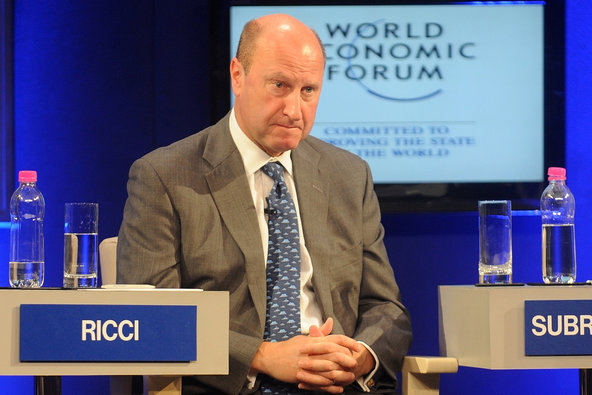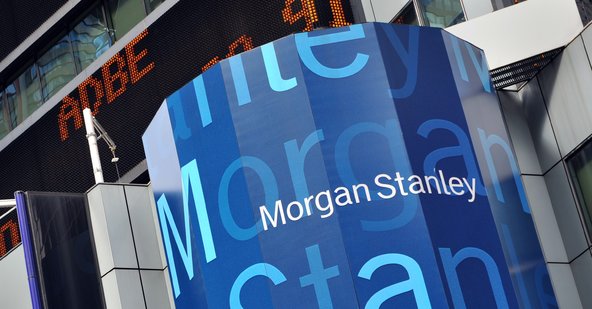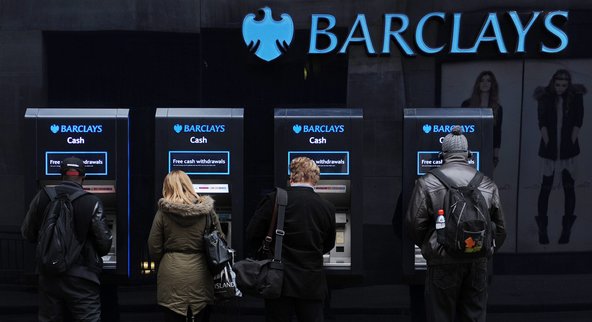The minutes of the central bank’s Federal Open Market Committee meeting late last month, released Wednesday, showed hints that some committee members were more comfortable with easing back sooner rather than later on the Fed’s program of purchasing $85 billion a month in government bonds and mortgage-backed securities.
In June, the Fed’s chairman, Ben S. Bernanke, indicated the stimulus program could be scaled back later this year if economic data continued to be positive, but he left investors guessing as to whether that might begin as soon as September or be delayed until December or even later.
While “a few members emphasized the importance of being patient and evaluating additional information before deciding on any changes to the pace of asset purchases,” a few others “suggested that it might soon be time to slow somewhat the pace of purchases,” the summary of the July 30-31 meeting said.
Still, it was clear from the minutes that big doubts remained about the economy’s underlying strength, and any change in policy remained contingent on the economic data that will come out before their next meeting on Sept. 17-18.
Despite continued strength in housing and auto sales, a number of participants indicated “that they were somewhat less confident about a near-term pickup in economic growth than they had been in June.”
“Tapering is certainly on their minds, but they don’t want to lock themselves in,” said Dean Maki, chief United States economist at Barclays, in an interview prior to the release of the minutes.
He noted that to achieve the Fed’s annual forecast of growth for 2013, the economy would have to expand at 3.25 percent to 3.5 percent in the second half of 2013. Few observers expect that to happen, although the growth is expected to be better than the 1.4 percent rate of the first half of 2013.
Since Mr. Bernanke and the Federal Reserve first indicated that stimulus efforts might be eased, trading in both developed countries and in emerging markets has been volatile.
The asset purchases and ultralow interest rates made it to cheap to borrow in many countries, while also propping up stock markets around the world. That era is coming to an end but the minutes reveal that members are concerned about that the pace is properly telegraphed to investors.
In particular, the policy-makers emphasized that while the bond purchase would soon be scaled back, any uptick in interest rates was years away.
Another focus was how the economy and the housing sector, in particular, would handle rising interest rates, which moved up sharply in the wake of Mr. Bernanke’s comments following the June meeting.
“While recent mortgage rate increases might serve to restrain housing activity, several participants expressed confidence that the housing recovery would be resilient in the face of the higher rates,” the minutes said.
They cited factors such as pent-up housing demand, banks’ increased willingness to make mortgage loans, healthy consumer confidence and the fact that rates remain low by historical standards, even after the recent run-up.
Another topic of discussion was the impact of the sharp reductions in government spending mandated by Congress earlier this year, with committee members noting the cuts had caused slower growth in sales and equipment orders.
Overall, the concerns about the U.S. economy in the second-half were spurred by the increase in mortgage rates, higher oil prices, slower growth in key export markets abroad and the possibility the federal budget cuts will continue to crimp growth.

Article source: http://www.nytimes.com/2013/08/22/business/economy/fed-closer-to-easing-back-stimulus-but-still-no-consensus-on-timing.html?partner=rss&emc=rss









